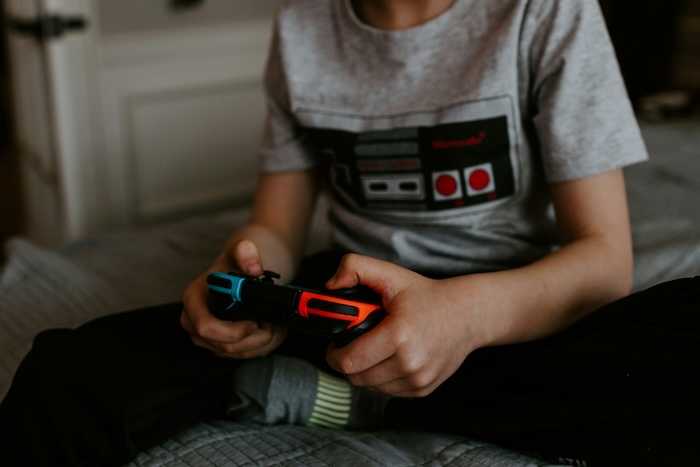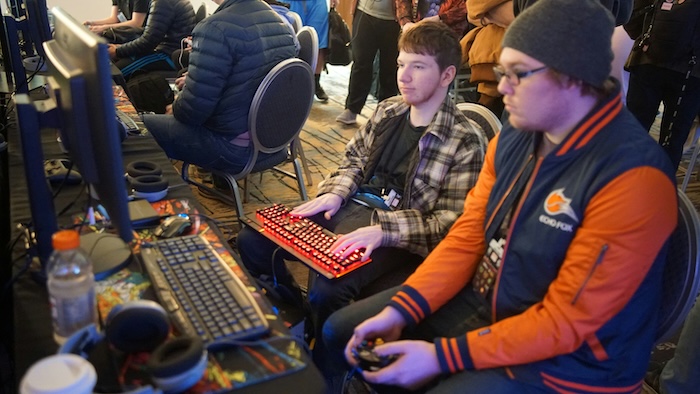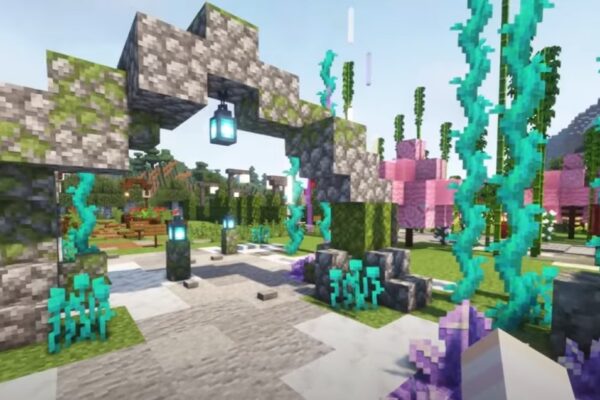Let’s play a game, shall we?
It’s called “How Many Times Have You Been Told Video Games Are Ruining Your Brain?” Bonus points if this came from someone who couldn’t open a PDF without calling for backup.
If you’re autistic, ADHD, or both, you’ve probably been on the receiving end of lectures about “too much screen time” or how video games are “distracting” or even “addictive”. You might have even tried to explain that Minecraft actually calms your nervous system, or that Animal Crossing is the only social interaction you can handle on a Wednesday—and been met with blank stares or condescending smiles.
But here’s the thing: you weren’t imagining it. Video games can be therapeutic. And not in a wishful, wouldn’t-it-be-nice sort of way. We’re talking real, research-backed, regulation-supporting, emotionally-sophisticated affective technology. And if you’ve ever felt more emotionally safe in a pixelated village than in a group therapy session under fluorescent lighting, you’re not alone—and you’re not wrong.
So, let’s dismantle the old narrative. Because video games aren’t just entertainment. For many neurodivergent people, they’re emotional life rafts, regulation tools, and (dare I say it?) therapeutic interventions in disguise.
What Is Affective Technology, Anyway?

In the simplest terms, affective technology refers to tools that are designed to sense, respond to, or support human emotion. Think: apps that track your mood, games that teach breathing exercises, or devices that respond to your heart rate. It’s technology that understands, in some small way, how you feel—and attempts to help you feel better.
Now, imagine blending that with video games. Instead of being told to “just calm down” by a teacher who thinks you’re being dramatic, a game senses that your heart rate is spiking and gently encourages you to slow your breathing through gameplay. Instead of being thrown into yet another group icebreaker that makes you want to disappear, a game gives you social interaction that’s rule-bound, optional, and entirely under your control.
This is not some hypothetical future—it’s happening now. And it’s changing how we think about therapy, especially for autistic and ADHD brains.
Why Games Work When Nothing Else Does
Let’s talk about the real magic of games: structure and freedom.
Games offer you rules, goals, patterns, and logic (which many autistic brains adore), while also giving you autonomy, spontaneity, and novelty (which ADHD brains often crave). It’s like someone finally designed a system that understands you’d like some predictability but not boredom, thank you very much.
You can pause. You can re-try. You can mute everyone and still have a lovely time. You can build a house, slay a monster, or farm some virtual pumpkins—on your own terms.
But the beauty runs deeper. Video games give neurodivergent players something that’s often missing in everyday life: low-risk mastery. You can fail without shame. You can learn without being watched. You can exist without having to mask. And that kind of emotional safety? That’s priceless.
Regulating Through Repetition, Rhythm, and Reward
Let’s take autistic players first. For many, the repetitive nature of games is not a problem—it’s the point. The soothing predictability of gathering resources, completing quests, or building symmetrical cities provides grounding. The game world makes sense. There are rules. You know what to expect. Unlike real life, it doesn’t move the goalposts without warning.
ADHD players, on the other hand, often struggle with what’s known as “time blindness”—where a deadline might as well be a rumour until it’s two hours away. Video games, with their immediate feedback and fast reward loops, activate the dopamine-deprived parts of the ADHD brain that otherwise stare blankly at overdue essays. It’s not about being lazy—it’s about finally having a system that talks in your brain’s native language.
And when games are intentionally designed with regulation in mind—like those that use biofeedback or teach calming techniques—they can support emotional awareness, teach interoception (your internal sense of what’s going on in your body), and give you a script for what to do when you’re overwhelmed. Imagine that: a game teaching self-regulation without ever calling it a “coping skill.”
The Social Side (That Doesn’t Feel Like a Group Project)

“But what about social development?” someone always asks, clutching their clipboard. “Don’t they need to be around real people?”
Well, there is another angle. Many neurodivergent folks don’t struggle with social skills so much as they struggle with social contexts—the noise, the unpredictability, the double meanings, the pressure to respond in milliseconds.
Enter: games.
Multiplayer games offer social interaction that is asynchronous, structured, and pause-able. You can communicate in text. You can use emotes. You can leave without hurting anyone’s feelings. For many autistic and ADHD players, this kind of interaction is not only more manageable—it’s more meaningful. You’re not being judged for not making eye contact. You’re being judged for how well you managed the raid. Fair enough.
Research has shown that games like Minecraft can actually improve self-confidence and social interaction in autistic adolescents, especially when the gameplay is structured and supported (Kouider et al., 2020). It turns out that collaboration, communication, and creativity thrive when no one’s forcing eye contact or giving you participation marks.
Identity, Imagination, and Finally Feeling Like Yourself
Beyond regulation and social practice, there’s something even more radical at play: identity.
Video games let you be who you are—or who you’re not allowed to be offline. You can explore gender, power, creativity, and community in a world where the rules are visible, consistent, and under your control. You can stim without stares. You can hyperfocus without apology. You can be without performing.
For neurodivergent players—many of whom spend their real lives camouflaging, suppressing, and conforming—this is nothing short of liberating.
But Not All Games Are Therapeutic
Of course, this isn’t a blanket endorsement to hand every neurodivergent child an Xbox and walk away. Not every game is supportive. Some are overstimulating, aggressive, or built around manipulation (we see you, loot boxes).
Therapeutic gaming—especially affective gaming—needs to be intentional. It should centre the player’s agency, support regulation rather than demand compliance, and be designed with neurodivergent perspectives from the ground up.
That means games that offer choice, customisation, and clarity—not games that punish difference or reinforce ableist norms.
You Deserve Joyful Tools, Not Just Coping Strategies
If you’ve been told your love of gaming is a weakness, a crutch, or something to grow out of—consider this your permission slip to reject that nonsense.
Your brain deserves joy, not just survival.
Your regulation strategies don’t have to be tedious or grey or labelled as “skills training.”
Sometimes the best therapy is pixelated, quirky, and comes with a soundtrack.
And if you find peace, connection, or even healing in those digital worlds? That is not failure. That is not avoidance.
That is affective technology working exactly as it should.






 “Get Your Free Ebook: NOT BROKEN”
“Get Your Free Ebook: NOT BROKEN”